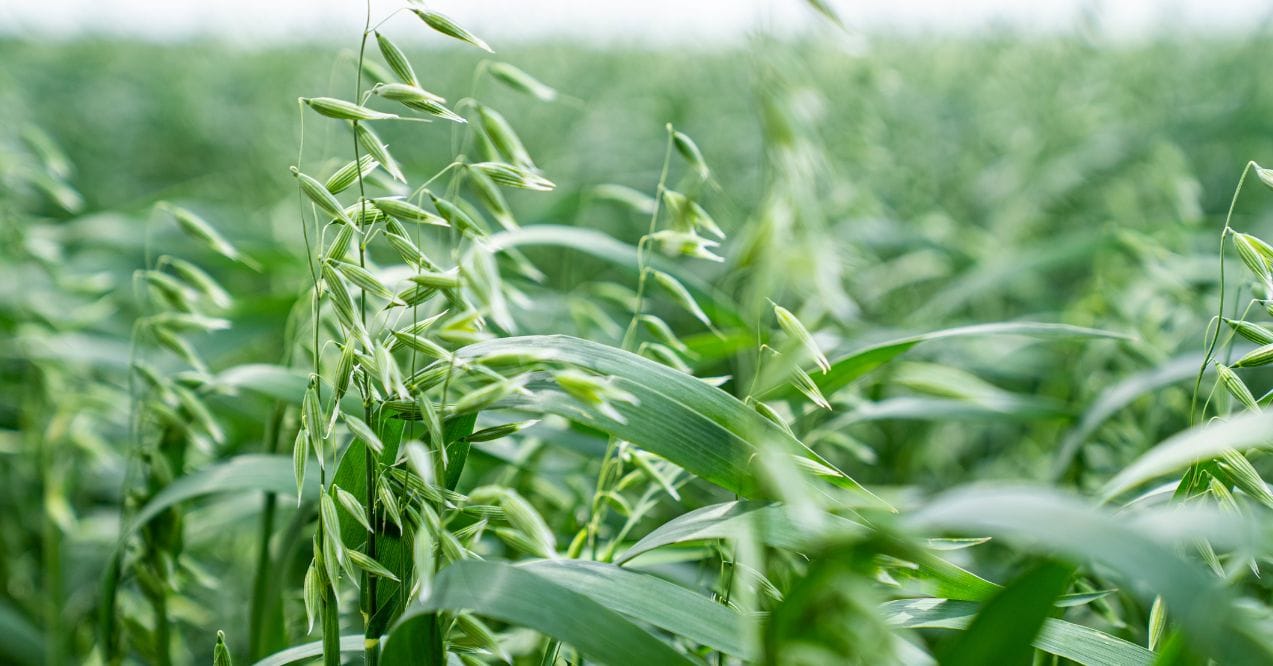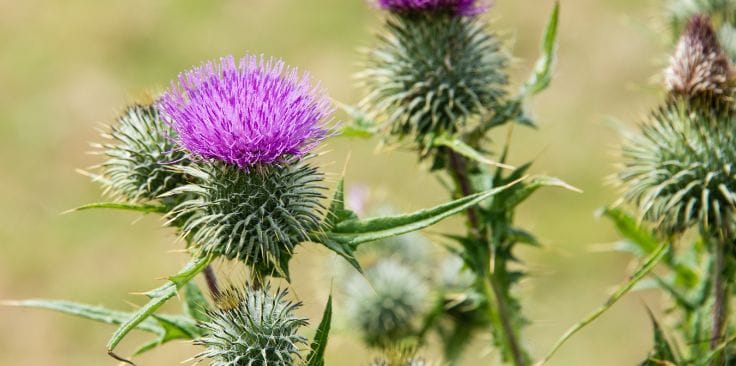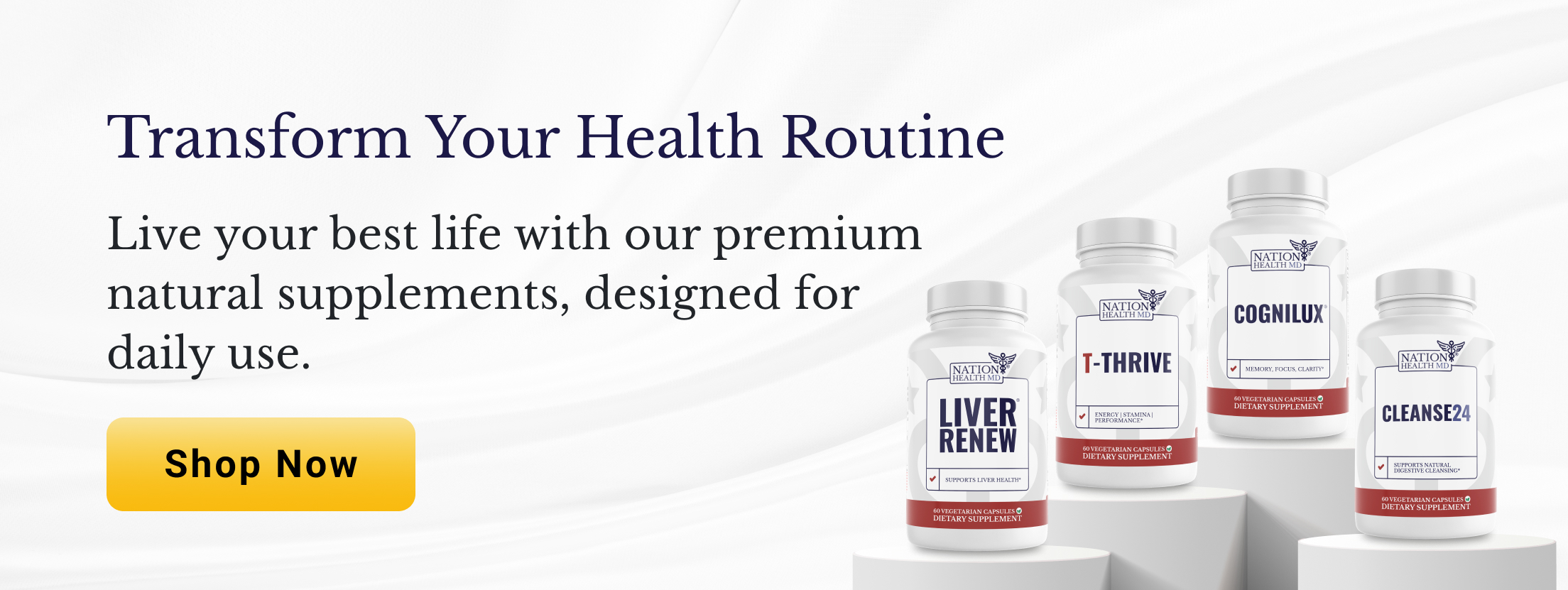The Benefits of Oat Straw – Uses, Downsides and More
Medically reviewed by our experts


Oat straw benefits are widely recognized for promoting health, especially in areas like skin health, nervous system support, and reducing inflammation. This article will examine these claims, discuss the scientific evidence behind oat straw, and address how it can be safely used. Consultation with healthcare providers is recommended.
Key Article Findings
- Oat straw comes from the green stems and leaves of the oat plant
- May support nervous system health and cognitive function
- Available in various forms including teas, extracts, and supplements
- Generally safe but may cause reactions in sensitive individuals
- Regular use over time may provide the most noticeable effects
What is Oat Straw?
Oat straw comes from the green, unripe parts of the Avena sativa plant, the same species that produces the oats we eat. Unlike the mature grain, oat straw refers specifically to the stems and leaves harvested while the plant is still green. Traditional herbalists have used these parts for centuries to support overall wellness.
The extract contains various nutrients including calcium, iron, and manganese. It also provides unique compounds called avenanthramides, which are antioxidants found primarily in oats. These natural substances may contribute to many of the reported oat straw benefits.
Today, oat straw appears in many forms, from simple teas to concentrated supplements. Each preparation method may affect how the body absorbs and uses these beneficial compounds.
Different Forms of Oat Straw
Dried oat straw serves as the base for traditional herbal teas and infusions. Many people prefer this form for its gentle effects and pleasant, mild taste. The dried herb can steep for several hours to extract maximum nutrients.
Liquid extracts and tinctures offer a more concentrated option. These preparations use alcohol or glycerin to pull out the active compounds. They typically require smaller serving sizes than teas.
Capsules and tablets provide standardized doses of oat straw extract. This form appeals to those who want convenience and consistent amounts. Some products combine oat straw with other herbs for targeted supplements for nervous system support.
The Potential Health Benefits of Oat Straw
Scientific research suggests oat straw may offer several health advantages, though many studies remain preliminary. The herb appears to work gradually, with regular use potentially providing cumulative effects over weeks or months. Individual responses may vary significantly based on factors like overall health and lifestyle.
One area of interest involves oat straw’s potential effects on circulation. Some research indicates the herb may support healthy blood flow by promoting nitric oxide production. This natural compound helps blood vessels relax and widen.
The anti-inflammatory properties of oat straw have attracted scientific attention as well. The avenanthramides and other compounds may help reduce inflammatory markers in the body. This action could potentially support overall wellness in various ways.
Nervous system support remains one of the most traditional uses for oat straw benefits. Many users report feeling more balanced and calm with regular use. The herb appears to nourish rather than sedate, making it suitable for daytime use.
Additional research explores oat straw’s mineral content and how it may support bone health. The calcium and other minerals exist in forms the body may easily absorb and utilize.
Oat Straw and Skin Health
Oat straw may provide soothing properties for various skin concerns. The same compounds that potentially reduce internal inflammation might also calm irritated skin when used topically. Many traditional preparations involve oat straw baths or compresses.
Some preliminary studies suggest the antioxidants in oat straw could support skin barrier function. This may help the skin retain moisture and protect against environmental stressors. However, more research is needed to confirm these potential benefits.
Users often report that regular oat straw use, whether internal or external, contributes to healthier-looking skin over time.
Oat Straw and Cognitive Function
Research into oat straw’s effects on brain health shows promising early results.
The potential mechanisms may involve improved blood flow to the brain. Better circulation could support optimal brain function and mental clarity. The herb’s nutrients may also play a role in supporting nervous system health.
While these findings are encouraging, larger studies are needed to confirm oat straw benefits for cognitive function.
Potential Side Effects and Risks
Most people tolerate oat straw well, but some individuals may experience mild reactions. Skin irritation occasionally occurs when using oat straw topically, especially in those with sensitive skin. Starting with small amounts helps identify any sensitivities before increasing use.
Allergic reactions remain rare but possible. People with known allergies to grasses or grains should exercise caution. Signs of an allergic response include itching, swelling, or difficulty breathing.
Those with celiac disease or gluten sensitivity should verify their oat straw products are certified gluten-free. Cross-contamination during processing may introduce gluten into otherwise safe products. Products like N-Balance 8 often undergo testing to ensure purity.
Pregnant or nursing women should consult healthcare providers before using oat straw supplements. Limited research exists on safety during these times. The same recommendation applies to children and those taking medications.
How to Safely Use Oat Straw
Start with small amounts when first trying oat straw to assess your body’s response. For teas, begin with one cup daily using one teaspoon of dried herb. Gradually increase to the recommended amount if no adverse effects occur.
Extract dosages vary by product concentration and individual needs. Follow manufacturer guidelines and adjust based on your response. Many herbalists suggest taking breaks from any supplement to maintain effectiveness.
Watch for any unusual reactions, particularly during the first week of use. Discontinue if persistent discomfort occurs.
Conclusion
Oat straw offers a variety of potential health benefits, particularly for skin health, cognitive function, and inflammation. However, further research is needed to fully substantiate some of these claims. Always consult a healthcare provider before incorporating oat straw into your wellness routine to ensure safety and effectiveness.
Oat straw refers to the dried stems and leaves used for teas. Oat extract is a concentrated form made by extracting active compounds using liquids like alcohol or water.
Many people use oat straw for its potentially calming effects on the nervous system. While traditional use supports this, individual results vary and more research is needed.
Pure oat straw is naturally gluten-free, but cross-contamination during processing is possible. Always choose certified gluten-free products if you have celiac disease or gluten sensitivity.
Add oat straw to bathwater or make a compress by soaking cloth in strong oat straw tea. Apply to affected areas for 15-20 minutes. Test on small skin area first.
No major drug interactions are documented, but oat straw may affect blood sugar levels. Consult your healthcare provider if taking medications, especially for diabetes or blood pressure.
Rd, K. M. M. (2024). Can oat straw extract improve your health? Healthline.
Wong, R. H., Et Al. (2012). Chronic consumption of a wild green oat extract (Neuravena) improves brachial flow-mediated dilatation and cerebrovascular responsiveness in older adults. Journal of Hypertension, 31(1), 192–200.
Perrelli, A., Et Al. (2018). Biological activities, health benefits, and therapeutic properties of avenanthramides: from skin protection to prevention and treatment of cerebrovascular diseases. Oxidative Medicine and Cellular Longevity, 2018(1).
Wong, R. H. X., Et Al. (2012). Chronic Effects of a wild green oat extract supplementation on cognitive performance in older adults: A randomised, Double-Blind, Placebo-Controlled, crossover trial. Nutrients, 4(5), 331–342.
Kennedy, D. O., Et Al. (2020). Acute and Chronic Effects of Green Oat (Avena sativa) Extract on Cognitive Function and Mood during a Laboratory Stressor in Healthy Adults: A Randomised, Double-Blind, Placebo-Controlled Study in Healthy Humans. Nutrients, 12(6), 1598.
Popular Articles
Advertisement. This site offers health, wellness, fitness and nutritional information and is designed for educational purposes only. You should not rely on this information as a substitute for, nor does it replace, professional medical advice, diagnosis, or treatment. If you have any concerns or questions about your health, you should always consult with a physician or other health-care professional. Do not disregard, avoid or delay obtaining medical or health related advice from your health-care professional because of something you may have read on this site. The use of any information provided on this site is solely at your own risk.







